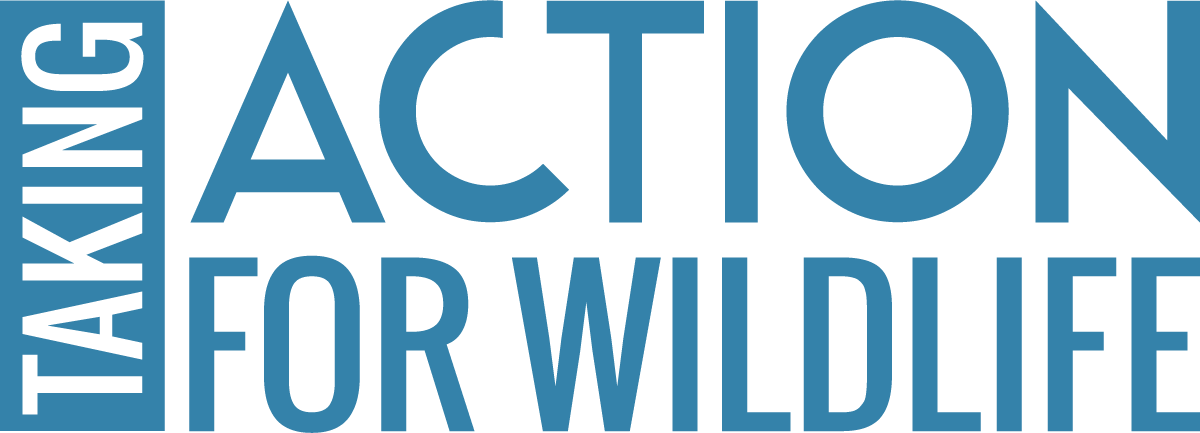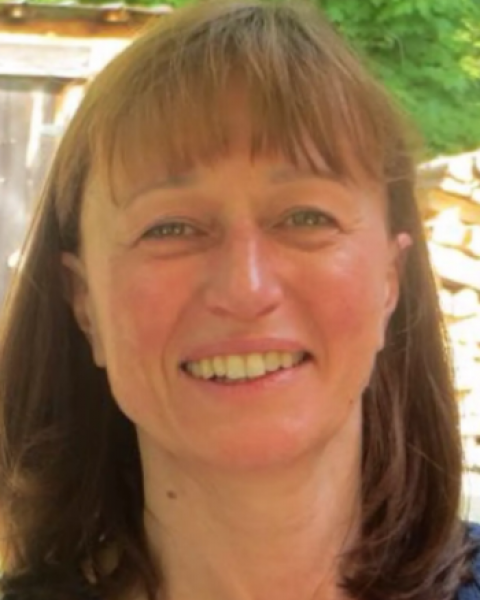
The Taking Action for Wildlife Community Conservation Cohort , started in 2020, has seen 15 communities and 57 participants taking part in the program! Participants gain the tools and skills they need to develop and implement hands-on projects to protect wildlife and natural resources. A Taking Action for Wildlife team member is assigned to each community cohort group as a mentor and guide, as they bring their projects to fruition.
Learn what the 2022 cohort groups are planning to work on over the next several months:
The Laconia cohort group is planning to develop a self-guided educational trail along the WOW (Winnisquam - Opechee -Winnipesaukee) Trail that connects these three lakes. Ideas for stops along the trail include building a pollinator garden, climate change impacts to natural resources as well as increased stormwater runoff, the impact of invasive species on natural habitats, pollution and litter, and recycling and compost. Additional links can connect people with information about environmentally friendly practices for those living along the river and lake corridors.
Rye Conservation Commission is looking to habitat restoration as the focus of their project coming out of the Cohort. They have recognized some key wildlife habitats on town-owned lands, including salt marsh habitat, pollinator habitat, and purple martin habitat, and would like to take steps towards improving at least one of these habitats and using that work as an opportunity to educate others in their town about the importance of these areas.
The Salem conservation commission plans to protect wildlife corridors through education and will engage with the public to support protection of these natural areas. They will start by identifying local wildlife corridors and will evaluate opportunities to work with abutting towns to protect these areas. They also hope to collaborate with planning and zoning to minimize impact on habitat through permit review process.
Lyman’s conservation commission is also planning to identify important local wildlife corridors as they work to develop the wildlife section for their natural resources inventory. They will start by researching local resources such as Wildlife Action Plan data and maps, as well as the wildlife corridors maps and other wildlife-focused resources. Drawing on this research, they plan to host a public event in spring 2023 to present the data and maps to educate residents about the value of wildlife corridors and the wildlife habitats in town, and also to engage with residents to get their input as they work on their NRI.



